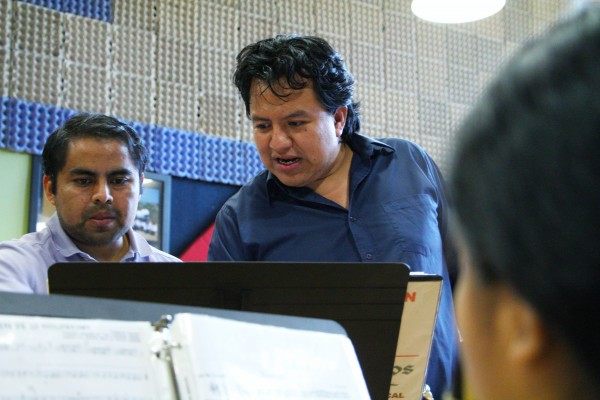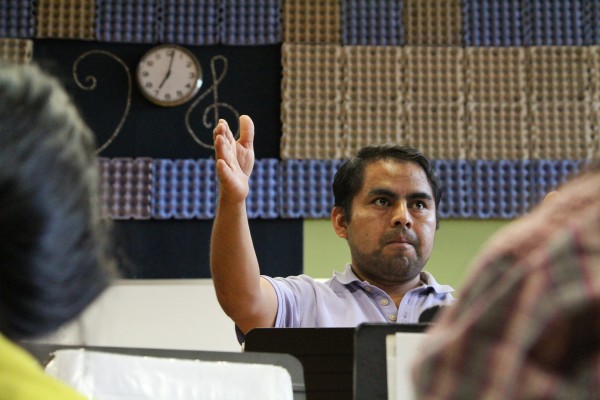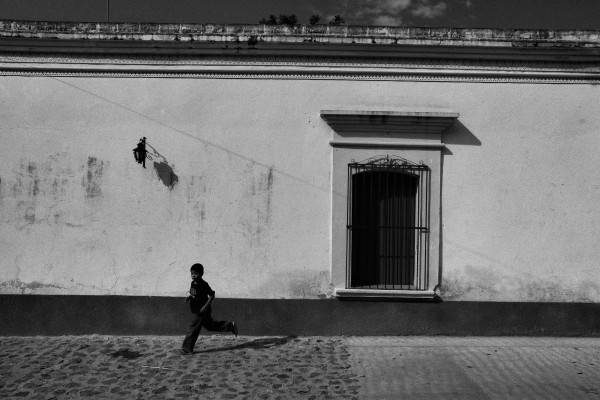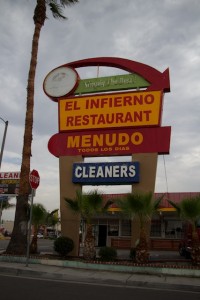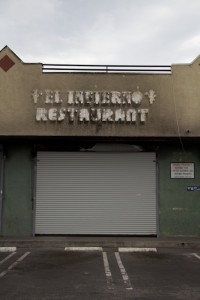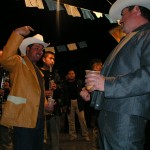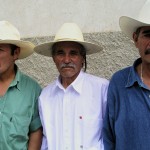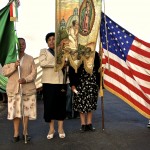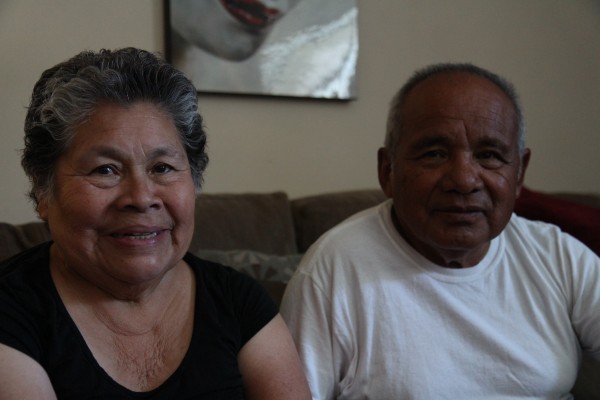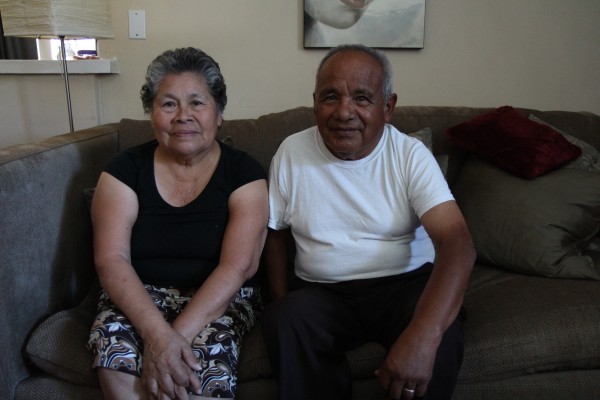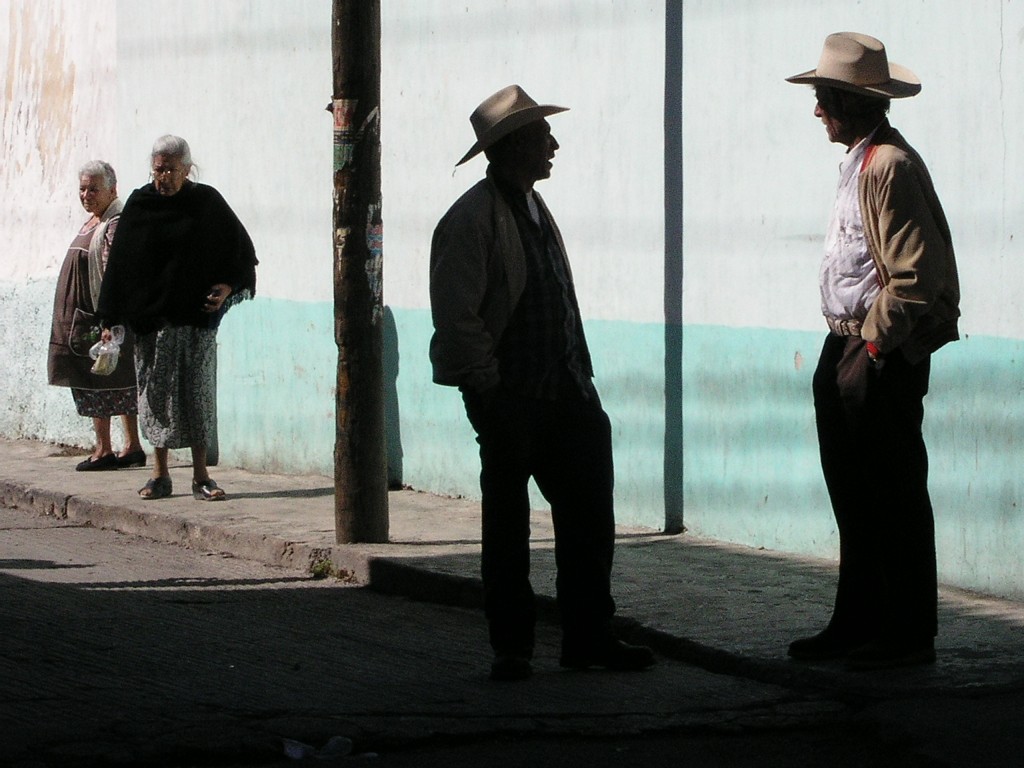Europe is abuzz with the discovery of a blond-haired, blue-eyed girl named Maria, found among Roma gypsies in Greece and presumed to have been abducted. At least those with custody of her are not her biological parents.
So far, however, her DNA has not matched with any missing girl in Europe.
I’ve watched this with interest.
I had an encounter with the Roma several years ago in an isolated village in Mexico. Roma came to Mexico in the 1920s and there are about 16,000 of them, though they’re all but invisible.
I had no idea they existed. But they remain a fairly coherent group, still speaking Roma and wandering through the country — the ones I met did anyway.
This was several years ago — 2002 I believe. I was a freelancer in Mexico. The O.C. Register called and asked if I’d go to a village in Puebla where a boy was to be buried. He had been shot to death by Huntington Beach Police and the family was sending his body back. That was a whole other story.
But while I was in the village, waiting for his burial the next day, I heard a loudspeaker announcing something I couldn’t understand. A few minutes later, I saw a ramshackle truck, filled with chairs and tables and barely hanging together.
Then it stopped and ten or twelve people piled out. They were the Brandy family — three generations of Roma gypsies. I went over to talk to them, wondering who on earth they could be and what they were doing in town.
They spoke Spanish and Roma. Turned out, they spent their lives touring the most isolated villages, showing movies and charging 15 or 20 pesos. Many Roma people did that much of the year in Mexico, they said.
For some villages, impromptu Roma theater was welcome entertainment, though the Brandys allowed that with cable TV, VCRs and DVDs the numbers of these villages was dwindling.
I watched as the Brandys cordoned off a lot with high sheets so no one could see in. Inside, they set up a projector, put out chairs and benches they had in their truck, and as night fell, they charged admission and put on the worst monster movie I’d ever seen.
I hate all monster movies, but this was the worst. It featured, I remember, building-sized snakes. I remember a desultory crowd of 15 or so enduring this flick.
I didn’t stick around long.
I wanted desperately to go off with them the next day, but the Register needed a story and so I remained. The Brandys didn’t have telephones or maybe they told me that so I wouldn’t tag along.
Either way, I never forgot them.
Photo: Maria (IBTimes)







